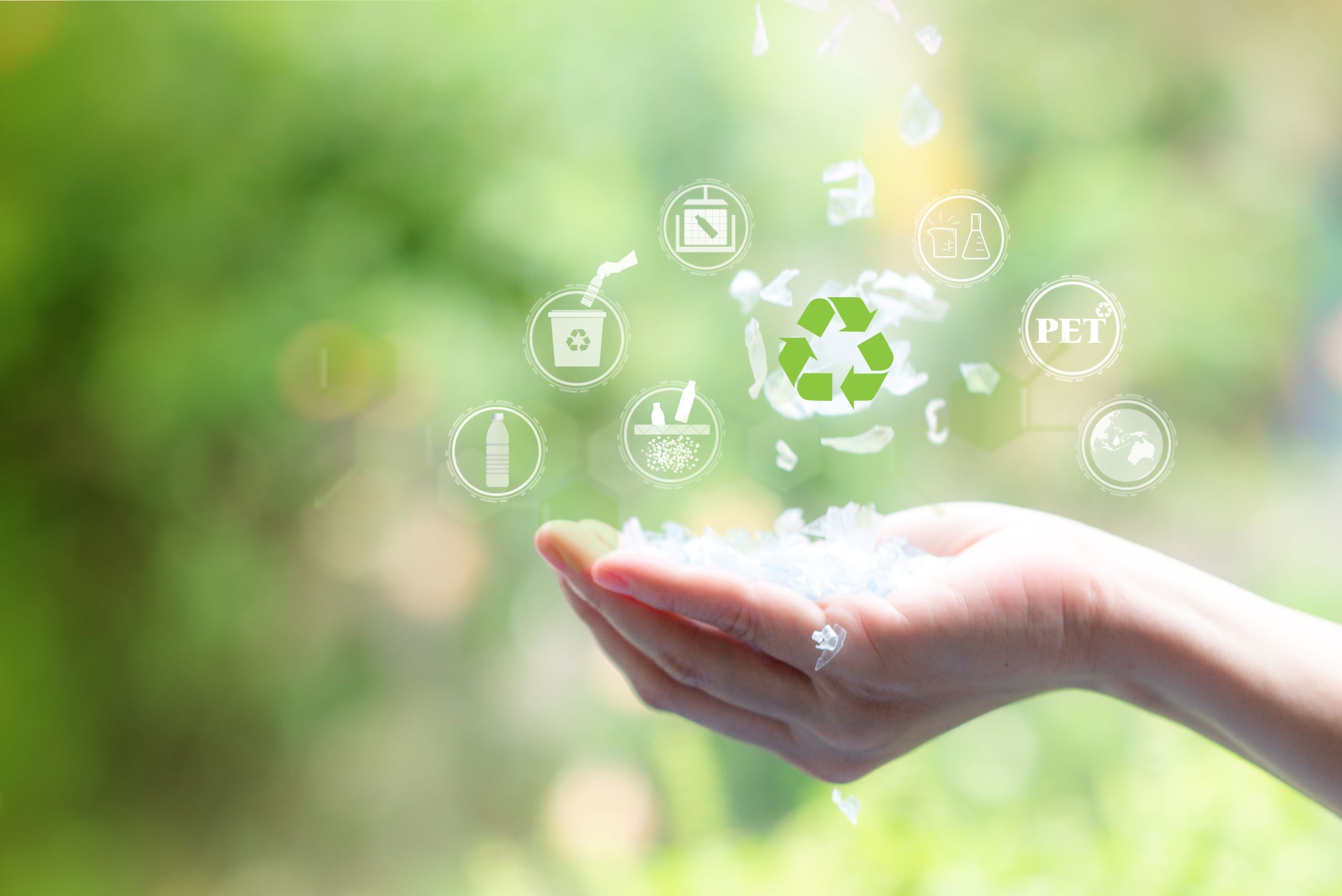A team of researchers from the Faculty of Medicine and Faculty of Science, Chulalongkorn University, have found chemicals in sweat that indicate high stress and depression. The pilot study of firefighters in Bangkok yielded the results with 90% accuracy, so they are poised to conduct mental health screening in other high-stress, and high-risk groups of professions hoping to reduce mental health problems and violence in society.
Tag: Chemical
Phthalate alternative may harm brain development and health
Growing concerns over the potential health effects of exposure to phthalates have led to a search for safer alternatives. Researchers found that the chemical acetyl tributyl citrate (ATBC) might not be the best replacement.

Call for Abstracts – The 11th International Symposium on Feedstock Recycling of Polymeric Materials (ISFR)
The Center of Excellence on Petrochemical and Materials Technology together with Chulalongkorn University’s Department of Chemical Technology (Faculty of Science), the Petroleum and Petrochemical College, and Research Association for Feedstock Recycling of Plastics (FSRJ) (Japan) cordially invite all interested to join the “11th International Symposium on Feedstock Recycling of Polymeric Materials (ISFR)” on November 29 – December 2, 2022 at Nongnooch Garden Pattaya, Chonburi, Thailand. The event will be one of the first carbon-neutral events to be held in Thailand.
Study shows chemical’s extent in Fairbanks winter air
A chemical compound discovered in 2019 in Fairbanks’ wintertime air accounts for a significant portion of the community’s fine particulate pollution, according to new research that seeks to better understand the causes and makeup of the dirty air.
Is Your Alcohol Sanitizer Safe and Effective? Chula’s Pharmaceutical Science Has Developed a User-friendly and Rapid Test Kit to Keep People Away from COVID-19.
Chula Pharmaceutical Science helps increase public confidence to keep COVID-19 at bay with their new test kit to verify the safety and efficacy of hand sanitizers and alcohol-based gel and spray products.
Securing Transportation of Ammonia—Agricultural Lifeline and Future Affordable, Clean Energy Source
S&T is studying how anhydrous ammonia behaves during a potential leak or spill, whether accidental or intentional, in order to inform planning efforts in communities across the nation.
New NUS technology completes vital class of industrial reactions five times faster
Researchers from NUS Engineering have developed a new method to increase the rate of an important chemical reaction known as hydrogenation by more than 5 times. Hydrogenation is used in the production of everyday items like plastics, fertilisers, and pharmaceuticals. The NUS team’s novel approach is a more direct and effective method that can lead to higher yields for industries and lower environmental impacts.
Dendrobium Signatum and Egg Magnolia – Ultimate Extracts for Skincare. Chula Researchers Champion Thai Herbs to Revive the Thai Economy
Chula Faculty of Science has found new antioxidant and anti-inflammatory substances from Dendrobium signatum and Egg Magnolia extracts and aims to expand on its economic potential as a natural beauty product.
The fight against Palmer amaranth
Nebraska research team helps identify the best weed control program to help farmers control Palmer amaranth in soybean fields

Best Region For Life on Mars Was Far Below Surface
The most habitable region for life on Mars would have been up to several miles below its surface, likely due to subsurface melting of thick ice sheets fueled by geothermal heat, a Rutgers-led study concludes. The study, published in the journal Science Advances, may help resolve what’s known as the faint young sun paradox – a lingering key question in Mars science.

NUS researchers develop novel process that turns branches and prawn shells into nutritional supplements and medicine
Researchers from NUS Engineering have developed a novel conversion approach that marries chemical and biological processes to produce high-value amino acids such as L-DOPA and L-Proline from low-cost, abundant waste material like crustacean shells and sawdust.

Cleaning products used to stop spread of COVID may be harmful on their own, study finds
Cleaning and disinfecting have taken on new levels of seriousness in the wake of the global COVID-19 pandemic. But new research from Indiana University suggests that increased use of chemicals to help thwart the spread of the virus may pose health risks of their own.